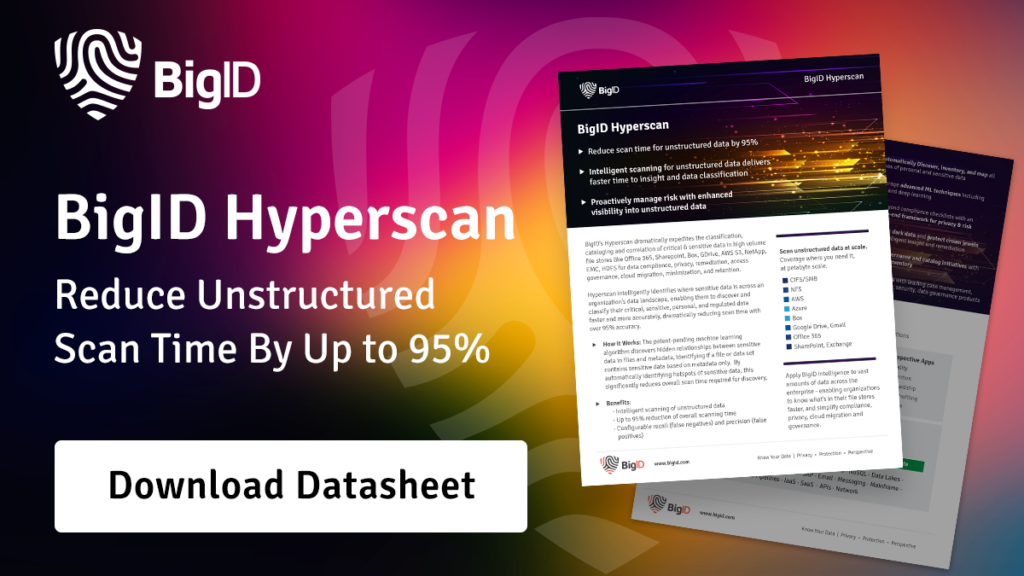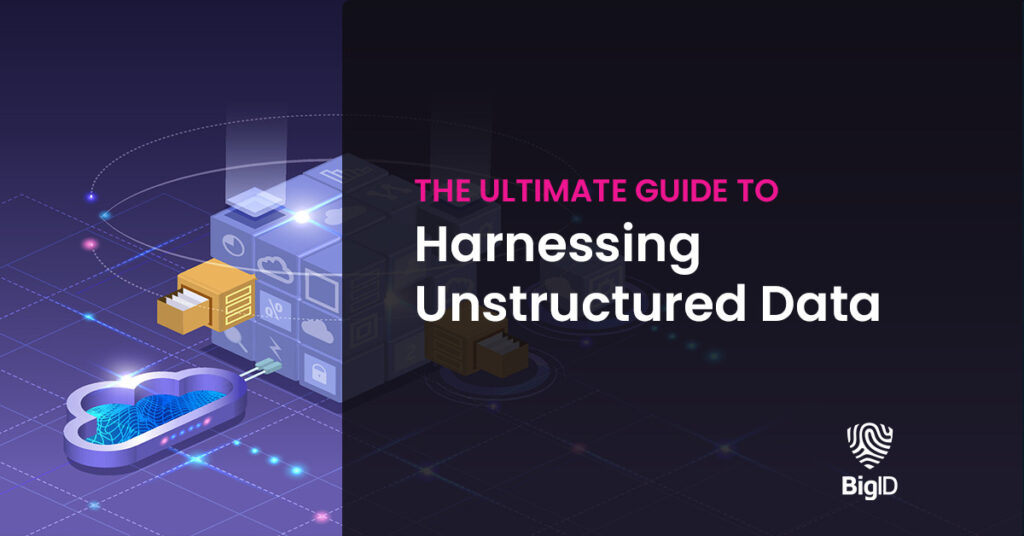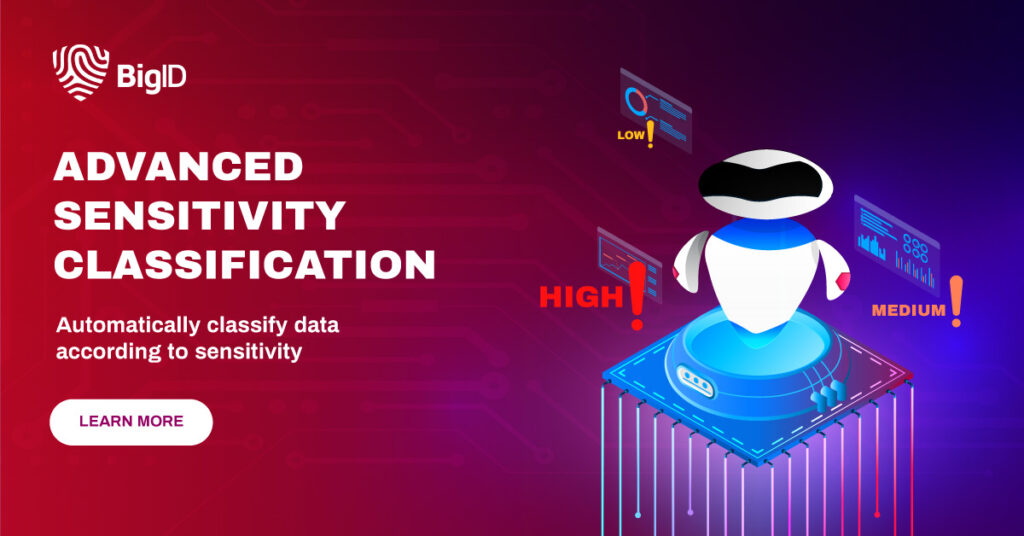The sheer volume of unstructured data is staggering: 80-90% of all digital data generated today is unstructured.
While structured data—think databases and spreadsheets—have long been the focus of cybersecurity measures, the vast ocean of unstructured data is increasingly becoming a front-line concern.
And in the world of generative AI, unstructured data is front and center: generative AI models get trained on unstructured data. That introduces a whole new risk vector to the world of security, escalating the need for unstructured data to be better classified, managed, and secured – so that generative AI doesn’t have access to confidential, personal, critical, regulated, or sensitive data.
What is Unstructured Data?
Unstructured data refers to information that doesn’t fit neatly into tables or predefined schemas. It encompasses a wide range of formats, from text files and emails to audio, video, social media interactions, and more. Unlike structured data, which has been designed for easy querying and quick analysis, unstructured data is more nebulous, making it challenging to understand, manage, analyze, and – most importantly – secure.
Why is it Important?
Unstructured data often contains critical data & insights—customer data, customer sentiment, financial data, confidential information, intellectual property, or potential vulnerabilities. It’s what fuels generative AI – all that chatGPT? Learned its tricks by reading unstructured data.
It’s also what businesses are built on: the top secret Coca-Cola recipe? Unstructured data, somewhere in their systems on a text doc or a photograph of an aging index card.
The Challenges in Managing Unstructured Data
Here’s the thing about unstructured data, why it’s such a massive problem, and why it’s such a pain to get a handle on: anybody who can use a computer can create it – every employee, all the time, is making more. And so it grows faster and there’s more risk than any other type of data.
Because of what it contains, it’s a common source that feeds data breaches and data leaks:
- In 2012, more than 68 million user credentials were leaked from DropBox. This breach involved not just structured databases but also unstructured data such as text files containing email and password information.
- In 2014, Sony suffered an attack that led to the leakage of confidential emails, scripts, and unreleased films.
- In 2017, a misconfigured Amazon S3 storage unit exposed 14 million Verizon customer records, including call logs, names, and account PINs. The data was stored in unstructured files on the cloud server and was publicly accessible.
- More recently, healthcare institutions have been targeted, where sensitive patient recordings and notes—unstructured data—are often stored without adequate encryption or monitoring, leading to HIPAA violations and compromising patient privacy.
Ignoring unstructured data is not an option. It presents both a significant security risk and an untapped opportunity to gain an edge in business intelligence. As data landscapes evolve, understanding and securing unstructured data must be an integral part of a comprehensive cybersecurity strategy.
And that’s where BigID comes in.

How to Secure Unstructured Data
Ultimately, it all comes down to data visibility and control. In order to manage the vast amount of unstructured data, you need to be able to understand what’s sensitive, what’s regulated, and what the data contains; understand and monitor who has access and who should have access, and put controls in place to protect and secure that data. Solutions like BigID enable companies to manage and protect their unstructured data accurately, at scale, and in-depth.
Given that unstructured data is some of the most valuable, vast, and vulnerable data out there, the following critical capabilities are needed to get a handle on your unstructured data:
Scan Further, Faster
One of the biggest challenges with unstructured data is the sheer volume: traditional methods are slow: 10 PB of unstructured data could take as long as 14 years with 1 scanner; even if you multiply that by 100 scanners, it’d still take about 280 days.
The best way to reduce that time? Intelligent scanning. Intelligent scanning like BigID’s Hyperscan saves up to 95% of scanning time: by leveraging patented ML tech to accurately predict where the data you care most will be, organizations can improve accuracy, find hidden patterns, and save time and resources.
Automatically Uncover Dark & Shadow Data
You can’t protect what you don’t know: make sure you have the ability to automatically find dark data and shadow data. Dark data is one of the most common security threats: organizations need to be able to easily find, identify, and inventory the data they know, and the data they don’t.
BigID automatically finds data that you didn’t even know was there – which is a huge security risk (and what leads to the most data breaches) – across the cloud and on-prem.
Maintain a Stateful Inventory Across All Data, Everywhere
It’s more critical than ever to maintain an up-to-date inventory, including the most recent changes, updates, additions, and new data. BigID automatically maintains a stateful inventory – making it easy to scan for new data without starting the process from scratch every time, so that organizations have an up-to-date understanding of their entire data landscape, across the cloud and on-prem.
Leverage AI Classification for Accuracy
Basic classification is no longer enough to secure and protect your unstructured data: it’s more important than ever to leverage a defense in-depth approach and understand all the data you have – not just credit card numbers and social security numbers.
By leveraging next-gen AI, organizations can find, classify, manage, and protect the data that matters most to them: whether that’s a customer ID, a toxic combination of sensitive data, intellectual property, and more.
- Contextual Classifiers based on NLP: BigID enables organizations to use customizable NLP classifiers that automatically distinguish a homonym – if it says “Laszlo turned into a bat”, it’ll know that it means the animal, not the baseball stick.
- Identity-aware classification: BigID uses graph technology to connect identity data, recognizing connected elements like a name + social security number + customer ID = all the same person. This means more accurate results and more comprehensive classification.
- Toxic combos & compound classification: BigID can look for a credit card number AND a social security number in the same place: identifying toxic combinations to better secure your data.
- Duplicate data: BigID leverages ML-driven cluster analysis to automatically find duplicate, similar, and redundant data – so that you can automatically minimize the sensitive data you have.
Enable Security Controls on Unstructured Data
Once you know what data you have – where it is, whose it is, and how sensitive it is, you need to put controls in place to protect that data. BigID’s advanced policy management makes it easy to automatically identify data by regulation, type, and policy so that you can trigger alerts on data in violation of business policy and easily prioritize high-risk alerts.
From there, it’s critical to be able to remediate high-risk data, enable zero trust, reduce the threat of insider risk, and secure your data. With BigID’s security capabilities, you can take action to reduce risk, achieve a least privilege model, automate data retention, and remediate high-risk data all in one platform.
Why It’s Critical to Harness Your Unstructured Data (and Where to Start)
The digital landscape is evolving at an unprecedented rate, bringing with it both immense opportunities and complex challenges. Among the most pressing of these challenges is the management and security of unstructured data, which constitutes the vast majority of data generated today. This is not just a technical issue, but an existential one for organizations that manage sensitive, regulated, or proprietary information.
From major data breaches to vulnerabilities in healthcare systems, unstructured data remains an Achilles’ heel in the cybersecurity armor. The growth of generative AI only intensifies this urgency, creating new risk vectors that organizations must quickly understand and mitigate. Ignoring this is tantamount to leaving the keys to your enterprise, quite literally, under the doormat.
BigID’s data security platform is a robust, scalable, and intelligent solution that aims to shift the paradigm. With advanced features like Hyperscan, stateful inventories, and machine learning-based classification capabilities, BigID is not merely a tool but a comprehensive strategy for managing the complexities of modern data ecosystems. It provides the granularity required for effective, ongoing management of both structured and unstructured data, making it an indispensable asset in the cybersecurity toolkit.
Data is too critical to be left unprotected, and unstructured data is too abundant to be overlooked. Take the next step in fortifying your cybersecurity measures by experiencing BigID’s capabilities: book a demo today and witness firsthand how you can turn one of your organization’s greatest vulnerabilities into one of its strongest defenses.


